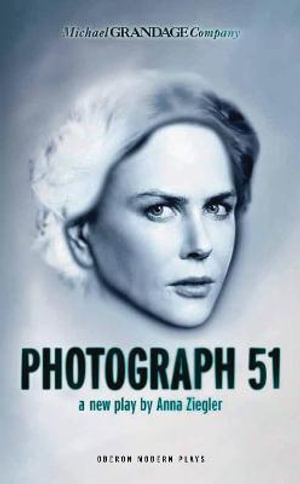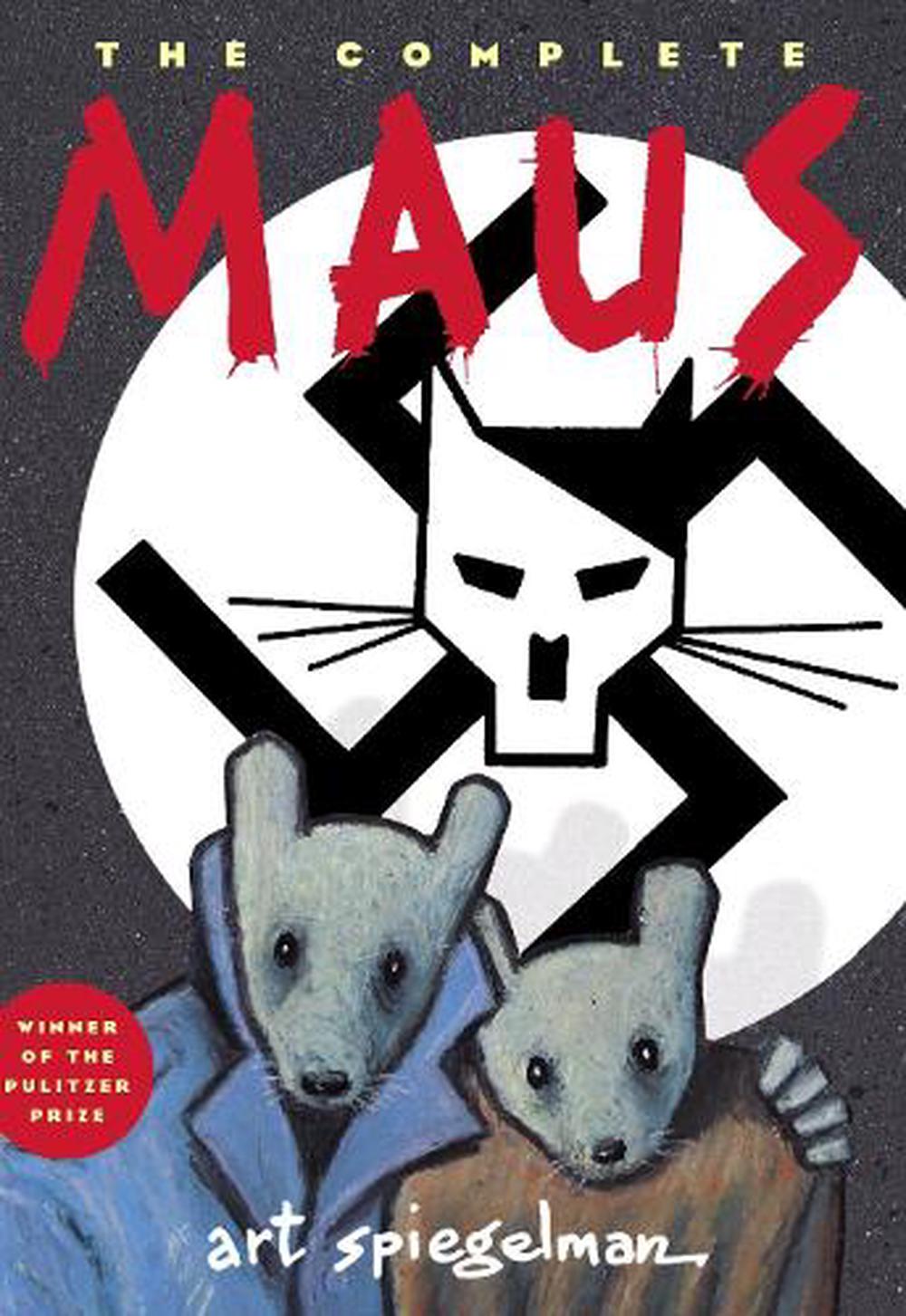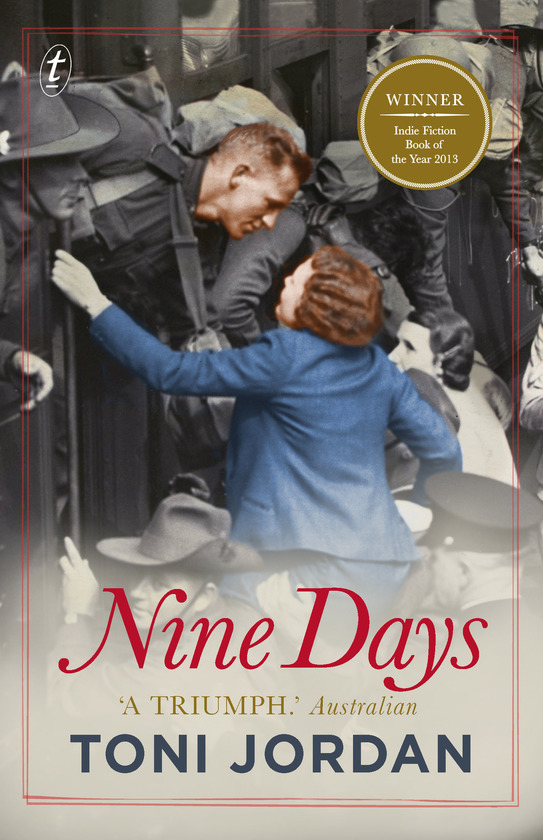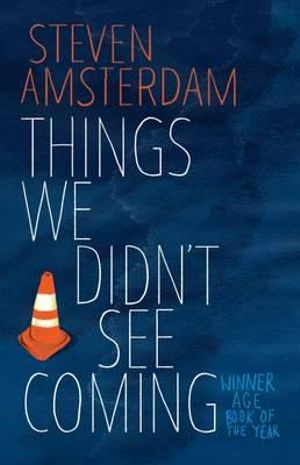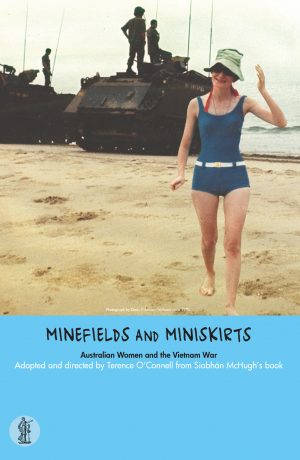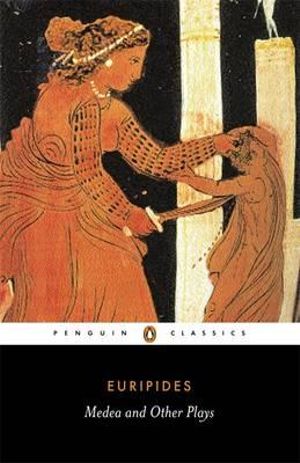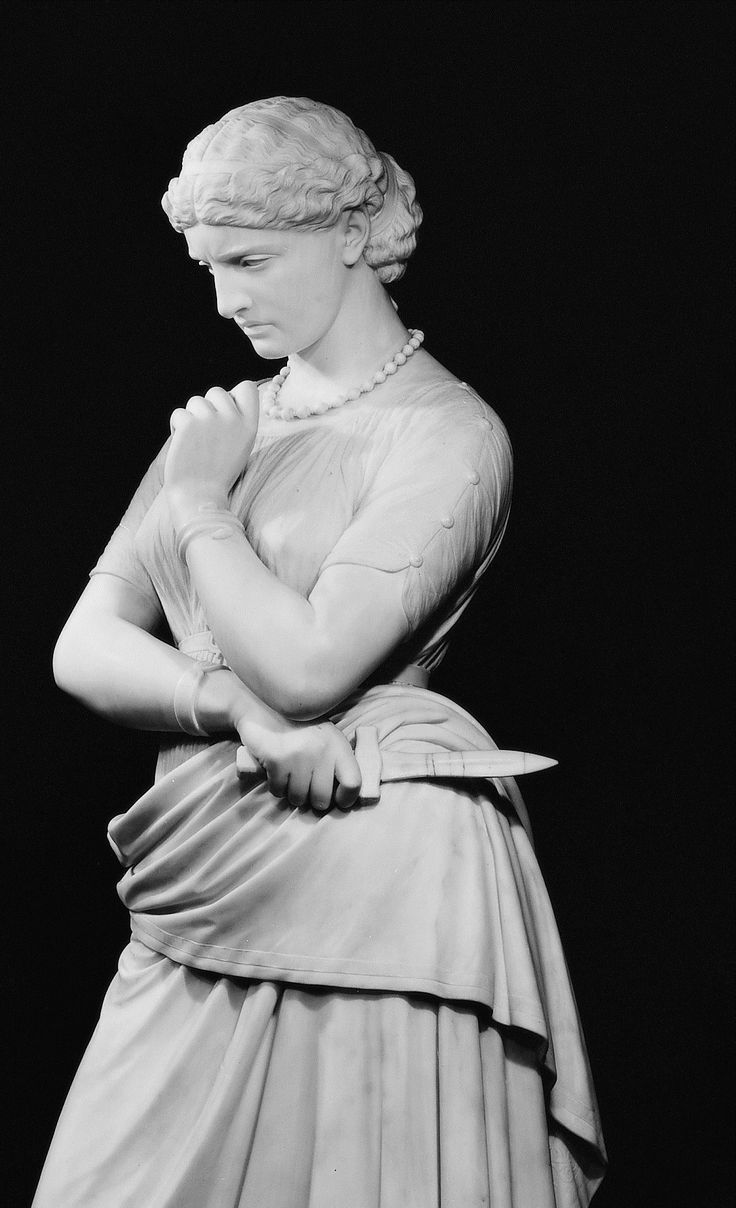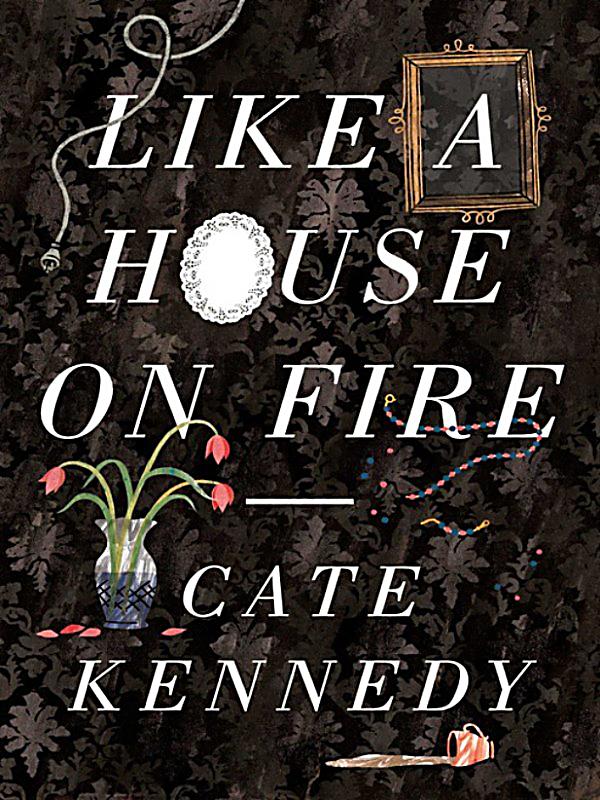This Resource is ‘A Brief Synopsis’ only for Mainstream English Students studying ‘The Penelopiad’ by Margaret Atwood in the Victorian Curriculum
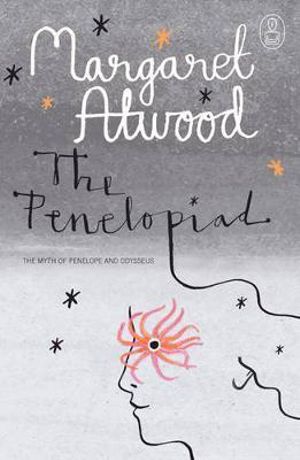
Historical Context
While ‘The Penelopiad’ is a postmodern, feminist short novel (novella) it is a work of narrative fiction with a story and plot, characters and settings and offers insight into human relationships as well as exploring moral, social and political issues. The most significant element in Atwood’s narrative is that she retells Homer’s myth of the Odyssey enabling various interpretations and questions to what led to the hanging of the Maids and what was Penelope really up to? By leaving Homer’s myth of Greece in 700 BCE open to reinterpretation, Atwood suggests that there is not one single undisputed truth in the interpretation. Atwood addresses social and cultural issues of Ancient Greece within the framework of Homer’s myth but she assigns new emphasis to female protagonists like Penelope who have to fight for self and survival in a society ruled by men.
Style
‘The Penelopiad’ is told by Penelope adopting 1st person narrative, from the Underworld, called Hades in Ancient Greek mythology, where she has been for several thousand years. Shown through Penelope’s eyes, Atwood creates a form of conversational dramatic monologue during which Penelope tells her side of the story as she waits the 20 years for Odysseus to return from the Trojan Wars. She presents a kind of tell-all tale of her recount of events that she will “spin a thread of my own” (p.4) addressing 21st century readers in a more modern narrative style that is often colloquial. Penelope uses blunt and straightforward language reclaiming her humanity and rejecting Homer’s account of her. The tone is often ironic and humorous and is at odds with the patriarchal epic poems of Ancient Greek mythology. She urges women “Don’t follow my example, I want to scream in your ears” (p.2). At times Penelope uses quite extreme slang when describing Helen of Troy calling her a “septic bitch” (p.131) in order to reinforce the view of Helen as the main cause of all Penelope’s problems. Through the use of everyday vernacular, Atwood mocks the lofty language of the Odyssey and claims the right for alternative voices to be heard.
Feminist Literature
‘The Penelopiad’ can be considered feminist literature of the 21st century as Atwood takes women from the Odyssey and puts them into a new framework where the narrator Penelope and other female voices, once suppressed by Homer, become the voices heard. Penelope is a capable modern woman, simultaneously trying to cover all roles while Odysseus is away. She clearly does more than weeping and weaving. She raises Telemachus as a single mother, manages Odysseus’ estates and negotiates the politics of the household and the onslaught from the Suitors. Atwood shows Penelope resisting patriarchal dominance and oppression starting from when her father tries to drown her, until we meet her looking back on her life from the Underworld. We see the focus on the way Penelope creates and extends her role of patient wife and mother to the other roles she defines. The text addresses the feminist ideology which asks that “women be free to define themselves, instead of having their identity defined for them”.
Message of Author – Why did Margaret Atwood write The Penelopiad?
As Atwood admits, Penelope has been “in general somewhat neglected for the very simple reason that in the Odyssey she does weaving, waiting, sleeping and crying to show how much she cares that Odysseus isn’t there, how beleaguered she feels, and how lost and alone and unhappy she is.” Certainly, Atwood could have written about murderous Clytemnestra or scandalous Helen, but she decided to take Penelope, a mythical, dutiful doormat and make her fly. But Atwood conceded that there was much more to Penelope and she wanted to question Homer’s version of her. For Atwood, such ancient myths can still tell us living truths.
Atwood said that Penelope “Had a whole lifetime of keeping her mouth shut. Now that she’s dead, she doesn’t have to do that anymore, because nothing is at stake. It’s like those tell-all’s that people do at the end of their lives.” Atwood also makes her put-upon heroine a shrewd estate manager and stand-in ruler, running the dirt-poor “goat-strewn rock” of Ithaca while the big boys play away from home. “If you come to think of it, she must have been doing a lot more than she’s shown as doing in the Odyssey, because there’s nobody else in charge of the outfit. She must have been a much more active, practical person than she’s shown as being.” Nobody’s fool, Atwood’s Penelope sees through the returning Odysseus’s disguises and shares a flair for fibs and ruses with her errant husband. “There are two ways of fending things off if you don’t want them to happen,” Atwood explains. “One is by force – which is not available to her. The other is by guile. So, she has to use guile. And that is also Odysseus’s big stock-in-trade. When in doubt, lie – but lie well.”
Interview of Margaret Atwood by Boyd Tonkin “Margaret Atwood: A personal odyssey and how she rewrote Homer”. https://www.independent.co.uk/arts-entertainment/books/features/margaret-atwood-a-personal-odyssey-and-how-she-rewrote-homer-322675.html
The 12 Maids Perspective & Importance
Atwood intersperses Penelope’s narrative with performances from the 12 hanged maids, in 11 of the 24 chapters, who together form ‘The Chorus Line’ to comment on the action and give background from their perspective. The maids perform in a variety of genres such as songs, recitations, dance, an idyll, a sea shanty, ballad, love story, mock heroic drama, an envoi, an anthropological lecture and a farce of a trial of Odysseus. The narratives of the maids are also accompanied by stage directions to increase the sense of dramatic performance. The maids lament the double standards throughout their chorus breaks, constantly reminding the reader or audience of the tragedy that happened.
The importance of the maid’s narrative is to address the treatment of marginalised women in a patriarchal society and Atwood’s need to give powerless women a voice not heard in the history of society or Greek mythology. The maids continue to demand answers ‘Why did you murder us?’ (p. 193) and Atwood gives them the final word in the novella with a short poem, ‘Envoi’, where they again state ‘it was not fair’ (p. 195). Atwood emphasises the injustice of silencing and marginalising women and suggests that women will keep on calling out about it.
Themes & Key Concepts – Consider these Ideas for Connections with your Personal Response or Crafting Texts Response
- Truth and Lies
Penelope’s story uncovers lies and innuendos as she takes the unchallenged position of narrator to tell the “plain truth” (p.139) so that deception is attributed by her only from Odysseus. She says she knew Odysseus was “tricky” (p.2) but it seems that both Penelope and Odysseus use lies and deception to cleverly achieve their aims. Penelope’s revelation of herself as an equal liar to Odysseus casts into doubt her insistence that she has nothing to do with the hanging of the Maids and does not know about it until it is too late. It brings into question other matters like her true relationship with the Suitors and her activities when Odysseus is away. Also, as the Maids call out insults to Odysseus concerning their treatment and their pledge to follow him wherever he goes, they taunt him about their murder, clearly referring to him as a careful, clever liar. They make reference to Odysseus being a “grandson of thieves and liars” (p.191) because of the story involving the boar hunting with his grandfather, Autolycus. The questions posed by this probable deceit are suggested by Penelope in the chapter of “The Scar” (p.47). It appears that the clever lies told by both Penelope and Odysseus are used to manipulate others, to get what they want or just simply to survive.
- Personal Challenge
Penelope starts her tale by retelling a story from her childhood. She is thrown into the sea by her father, but is saved by a flock of purple-striped ducks. Clearly this episode and its retelling has a profound impact on Penelope and leaves her with the personal challenge of dealing with her reserved personality and learning to manage her innate mistrust of others. So, unlike her cousin Helen of Troy, who is confident and superficial, Penelope’s personality is more inward-focused. This could also account for why she has to much trouble fitting in to palace life in Ithaca and resorts to her own abilities to “learn from scratch” (p.87). Even though Penelope is only 15 when she is married to Odysseus, she is willing to start a new life with Odysseus so she can put her past life as princess of Sparta and her dysfunctional family life behind her. Yet her personal challenges are broad and wide-reaching in Ithaca when Odysseus is away for so many years, she must rely on her own determination to succeed against the odds. Despite much weeping and weaving she finds the strength to handle court politics and running the estates belonging to Odysseus. In her personal challenges she applies her mother’s advice “If you can’t go through an obstacle, go around it” (p.43).
- Power
Penelope struggles with a lack of power, firstly as a child in Sparta, then when she is won in a marriage contest by Odysseus and later in Ithaca with Eurycleia and Anticlea. There are fatal consequences when the powerful exert their power and we see two sides to Penelope, the powerful and the powerless. The Maid’s lack of power is evident in the novella and they express this in “Kiddie Mourn, A Lament by the Maids” (pp.13-15). Later they seek justice for the injustices they have faced, including their early and unnatural death by putting their case before a modern court. However, even in that setting they lack the power for a resolution that will see Odysseus face his crimes.
In ‘The Penelopiad’, physical power is embodied in Odysseus who is the self-proclaimed superhuman who had defeated the Trojans and established his political power in battle. More importantly is that power is explicitly in the hands of men in Greece who consolidate and legitimise power physically, politically and economically over women. Odysseus is free to kill Penelope for infidelity and to slaughter the Suitors and the Maids. Likewise, Icarius is at liberty to drown his infant daughter or act in a drunken and insulting manner at Penelope’s wedding because “He was king” (p.41).
‘The Penelopiad’ explores ways in which male power affects different groups of women as a result of class discrimination. For instance, although Penelope is traded “like a package of meat” (p.39) between her father and her husband, as a noblewoman she still has far more power than her Maids. The Maids are Odysseus’ property to the point that he is considered to have acted “within his rights” in hanging them. In fact, their rape is judged as a crime against them as they had sex without his permission (p.151).
Penelope’s “tale-telling” (p.4) is an attempt to seize some power by contradicting the traditional myth that depicts her as the stereotypical faithful wife. Similarly, the Maids demand the right to tell their own version of events and thus achieve a measure of the power that was denied to their sex and class.
- Responsibility
A key theme is responsibility; especially how Odysseus sees his responsibility in the tale, as Penelope does not give him the right of reply to accusations made against him. Although Atwood indirectly refers to the puzzle concerning what leads to the hanging of the Maids in The Odyssey, in her retelling of the tale she states clearly that the story “doesn’t hold water” (p.xv). She suggests that whoever is directly responsible might be important in her story with its new emphases. Atwood indicates that Penelope is “haunted” (p.xv) by the death of the hanged Maids and we are told of her great affection for them. On the surface it appears that the responsibility lies with Odysseus however, it is clearly much more complicated. Atwood leaves doubt in the mind of the reader despite the fact that the Maids hold fast in their accusation against Odysseus for their murder. Perhaps Penelope’s responsibility is to put a stop to being “A stick used to beat other women with” (p.2) as she wanted to set the record straight. Yet Penelope pleads ignorance about the killing of the Maids. Nevertheless, responsibility weighs on Penelope in outward statements and inner thoughts, which allows readers to raise questions of who is really responsible for the Maids killings.
- Identity
‘The Penelopiad’ explores notions of identity and the ways in which it is tied to physical appearance, self-perception and the expectations of others. Physical appearance with Helen’s beauty sets the standard of physical perfection by which other women (such as Penelope) judge themselves (p.35). The text suggests that beauty can grant women power; in Helen’s case, agelessness as well, invests her with enormous power over men. Beauty is also linked with youth and the capacity to bear children (especially sons) to ensure the continuation of patriarchal power.
A sense of self can also be shaped by other’s perceptions and expectations leading people to question who they are. This is clear as Penelope fails to meet her mother in law’s expectations of a suitable wife for Odysseus (p.62) and the idea he might be “thinking about Helen” (p.64) increases her insecurity. Odysseus cheats if the odds are against him in order to substantiate his heroic status (p.31), he exaggerates stories of his heroism, yet his public identity as a hero is consolidated by his plausible stories that inevitably become “true” (p.2).
- Gender Roles
The text explores ideas about being a woman with socially constructed notions of femininity and gender and also highlights the complexities of womanhood in a 21st century post-feminist context. The good mother characteristics of a nurturing, gentle and protective quality with feminine sensibility is shown in Penelope when she gives birth to Telemachus as she is “glad” to have produced a son, gratified that Odysseus is “pleased” with her (p.64) and feels fulfilled by her maternal role. Penelope’s observation that “a mother’s life is sacred” (p.111) reveals the high value society places on nurturing motherhood and the high expectations placed upon mothers.
Yet toxic mothers in law with their reputed hostility to daughters in law is shown by Anticleia who Penelope described as a “prune-mouthed” woman (p.60) who wrinkles up “like drying mud” (p.85). Atwood exploits these stereotypes for the comic or dramatic purpose in the text but Penelope challenges her role by showing the importance of spinning a threat of one’s own (p.4).
Being a wife in Ancient Greece in a patriarchal society meant being a possession like Penelope being handed over like “a package of meat” (p.39) in a bargain struck between powerful men. Penelope is the essence of submissiveness and obedience and only after her death she warns other women that following her example will subjugate and silence them.
- Storytelling & the Power of Narrative
‘The Penelopiad’ demonstrates the power of storytelling and the liberating power of taking ownership of one’s own story. Penelope’s spinning of her own “thread” (p.4) disputes Homer’s idealised version of her in the Odyssey so that she is able to complicate the accepted one-dimensional image of her as a dutiful wife and emphasise to the reader her considerable intelligence and resilience. Rewriting of the Odyssey is empowering for Penelope as she can finally negate the many stories about her that she would “prefer not to hear” (p.3). Her authorial control frees her from the burden of being a legend (pp.143-5) and allows her to warn other women not to follow the example she set of keeping her “mouth shut” (p.3).

